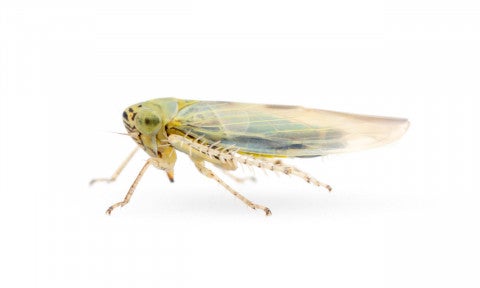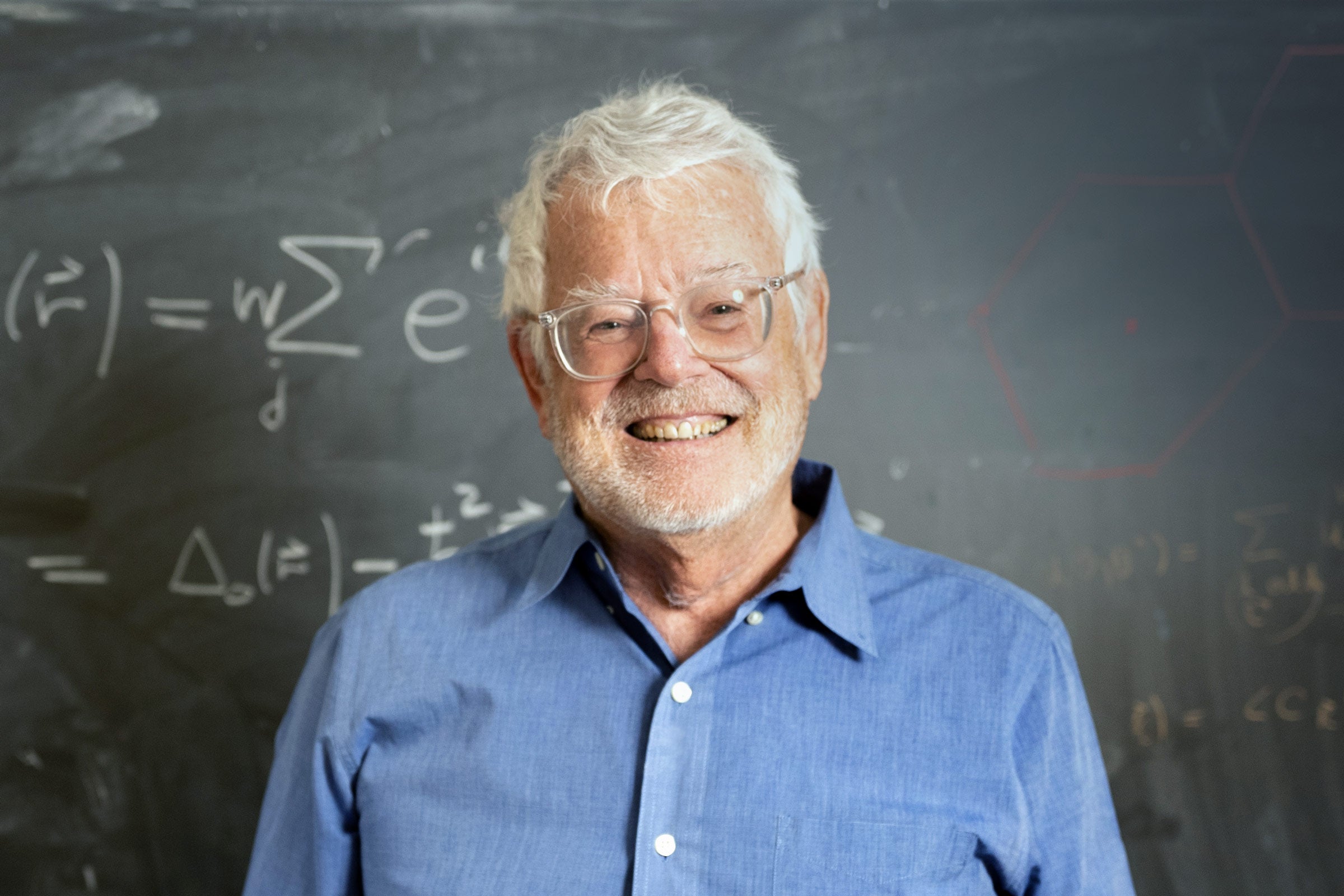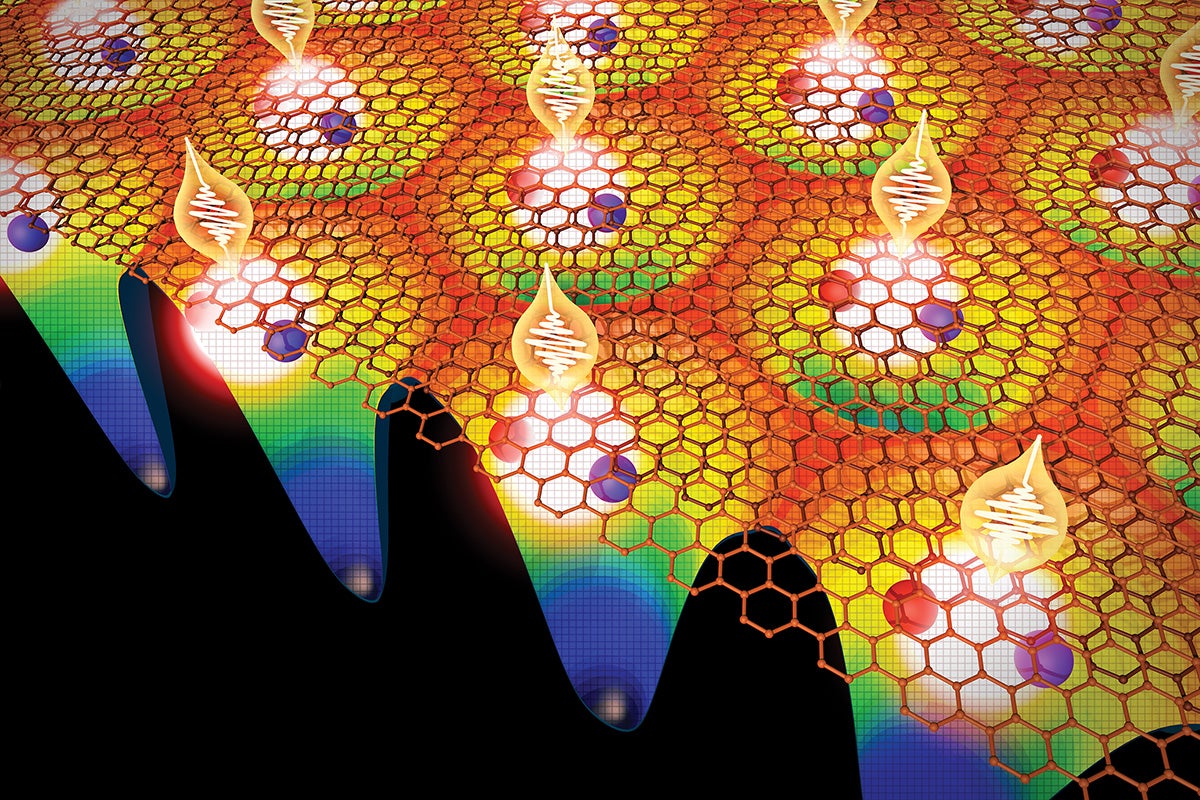Tiny Insects Provide Inspiration for New Biomaterials
They may be tiny, but leafhoppers have a super power: they secrete a substance that makes their bodies water-repellant and anti-reflective.

Oncometopia hamiltoni leafhopper insect. Photo by Alex Wild, used with permission.
They may be tiny, but leafhoppers have a super power: they secrete a substance that makes their bodies water-repellant and anti-reflective, which may help them blend in with their surroundings and escape surface tension. Symbiotic bacteria living in the leafhoppers appear to assist in producing the substance and its soccer-ball-shaped nanostructures called brochosomes, but the process is something of a mystery.
The U.S. Army has awarded researchers at the University of Texas at Austin support for a major new interdisciplinary initiative that aims to learn more about this process so as to yield new biomaterials, inspired by the brochosomes. The award is part of the Department of Defense's highly competitive Multidisciplinary University Research Initiative (MURI) program, which supports research that intersects more than one traditional scientific or engineering discipline.
The researchers aim to synthesize new materials by "hacking" the brochosome production process with engineered versions of the symbiotic bacteria. The artificially altered process could lead to biomaterials that could be used in many applications, including camouflage and water-purification.

Brochosome molecules produced by the leafhopper species Oncometopia hamiltoni. Photo courtesy of Jeffrey Barrick.
"We are excited to be able to fund this unique, highly innovative and multidisciplinary basic research," said Micheline Strand, the Army Research Office's program manager for this grant. "We expect this research to lead to new breakthroughs in both insect biology and materials science."
The team consists of molecular biosciences professor Jeffrey Barrick, integrative biology professor Nancy Moran, chemical engineering professors Benny Freeman and Delia Milliron from the University of Texas at Austin; Charles Schroeder from The University of Illinois at Urbana-Champaign; and Michael Jewett of Northwestern University.
The research is part of an emerging field of bio-engineering where rather than control single cells to produce products for humans – such as E. coli bacteria coerced into making insulin – new techniques can start to harness the potential of multicellular organisms.

Leafhopper species Macrosteles quadrilineatus. Photo by Alex Wild, used with permission.
First, the researchers will work to identify a leafhopper species in the field that reproduces quickly, is easy to grow in the lab, produces interesting brochosomes and is a viable host for engineered bacteria.
"The project does have an aim," Moran said, "which is to understand and engineer the production of interesting materials. But as part of getting to that aim, there will be some basic biology. Initially we'll need to survey this diversity of leafhoppers to find a good model. And we'll need to sample species for their symbionts, to find more diversity out there that we don't know about."
Leafhoppers, like humans, need 20 amino acids to make proteins. But leafhoppers can only produce 10 themselves. For the rest, they rely on symbiotic bacteria, single-celled organisms that live inside leafhopper cells and co-evolve with the bugs, to produce these molecules.
"One of the symbiont types makes two of the missing amino acids, the other makes the remaining eight," Moran said. "So, in terms of the basic building blocks needed to make proteins and cells, these organisms are perfectly complementary with the [leafhopper] host."
Moran plans to sequence the genomes of the leafhoppers and their symbionts to try and untangle which genes are needed in each to make brochosomes. Barrick, who leads the team, says the group will apply this, and a host of other techniques to try and puzzle out how symbionts and their host insect combine to make the molecules.
"We have to look at the genomes, then at the brochosomes themselves with all kinds of analytical techniques; proteomics to see what proteins are in them, transcriptomics to see what messenger RNAs are made in the cells," Barrick said. "We really want to understand this whole biological process."
Togther with the work of other members of the team, the result would be a start-to-finish understanding of the brochosome production process – information that the scientists can later use to insert symbionts that sneak in slight changes and lead to new properties. An artificial symbiont could, for example, offer an altered amino acid that makes a resulting brochosome better at absorbing light.
Before the group can do that, Delia Milliron, who studies nanostructures, will characterize the diversity of existing brochosome molecules, giving a detailed look into their hollow, spherical structure. She will also attempt to predict which changes to the brochosomes could result in new, useful optical properties.
With dozens of techniques between the scientists involved, Moran says their multidisciplinary makeup will help the team understand something that is ultimately a product of the real world.
"Real things are multidisciplinary," Moran said, "and they require different approaches and methods to understand."
Barrick says the Department of Defense grant, which provides $3.75 million over three years, with an option for a two-year extension plus an additional $2.5 million in funding, supports a multidisciplinary approach.
"That's something unique about this grant," Barrick said. "Normally, there's never the freedom to go into a project with this amount of diverse expertise."
This is the second time in just over a year that a UT Austin team has received the prestigious award. Last year, a team of interdisciplinary researchers from The University of Texas at Austin, including integrative biology professor Shalene Jha, along with experts at Arizona State University and Emory University, received a MURI grant for a project to examine and model plant reproduction and distribution.



